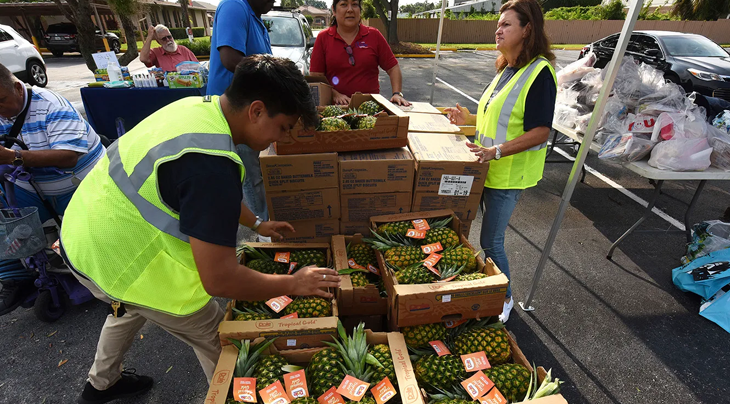This post originally appeared on Northeastern Global News. It was published by Cynthia McCormick Hibbert.
Donating to food pantries does wonders for the public image of grocery store chains.
As it turns out, food donation is also great for the stores' bottom line—but can result in higher food costs for customers.
Northeastern business professor John Lowrey recently published a paper stating that donation of perishables improves stores' profitability by making room for more appealing—and higher priced products—and drawing discerning rather than price-conscious shoppers.
“If I'm replacing low-quality goods and only having fresh, high-quality, high-priced products, the markup will be higher on average,” he says.
Food donation is big business, and the more than 200 Feeding America member Food Banks across the US are reliant on retailers for their donations, Lowrey says.
“Just over 30% of the total food supply for food banks comes from retailers, with a lion's share from hypermarkets like Costco, Walmart and Sam's Club,” he says.
“Smaller format stores with a commitment to reduce food waste such as Kroger, are also responsible for a large share of food that ends up on the shelves' of food banks and food pantries.”
Lowrey started on this project six year ago when he saw the opportunity for food retailers to be a force for good in the community. Yet, he says, “The question remained, ‘Why do retailer donate food?'

